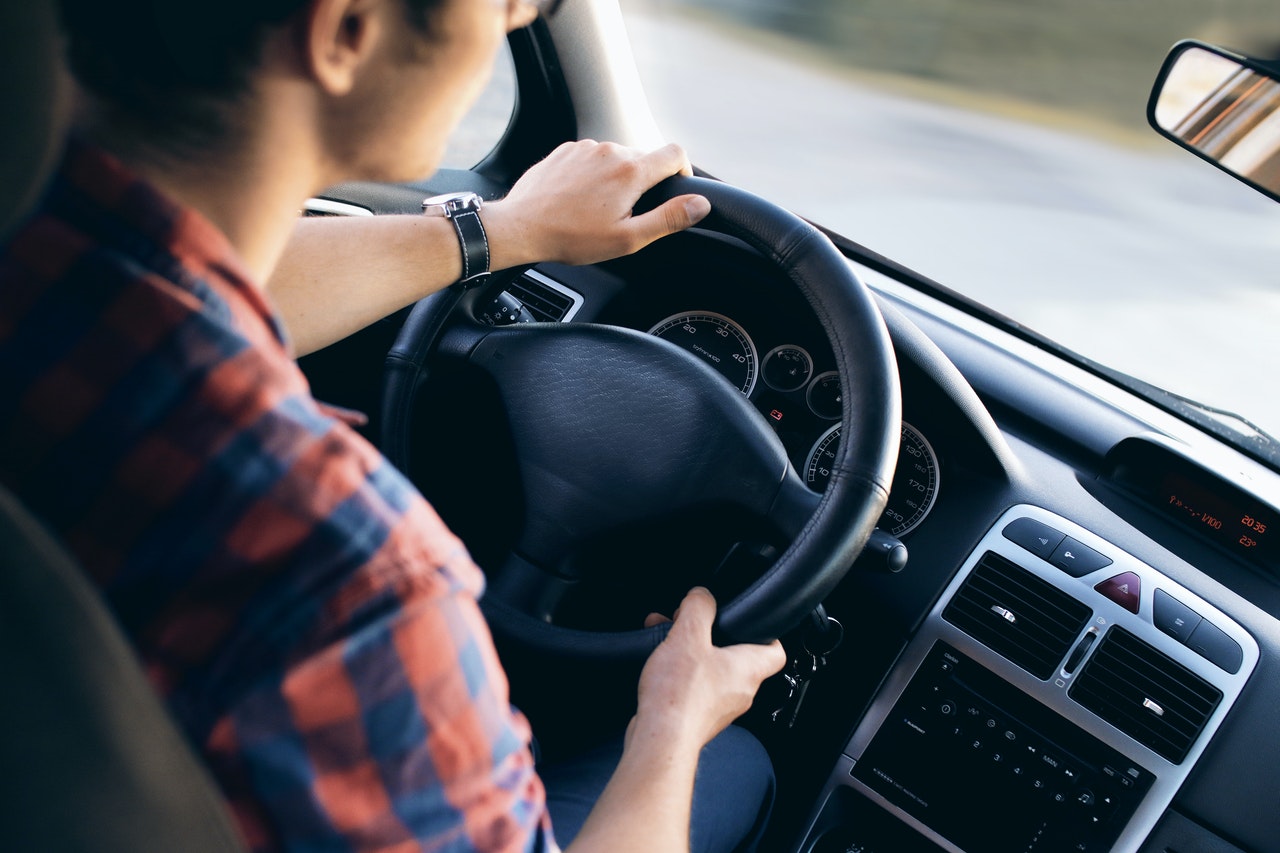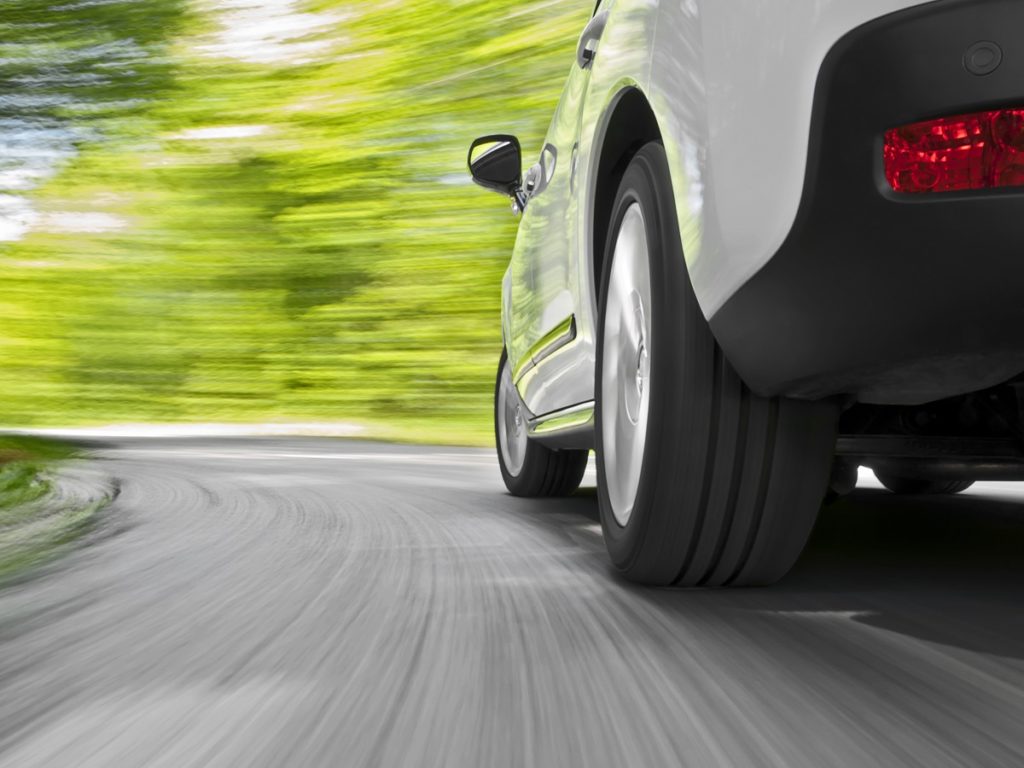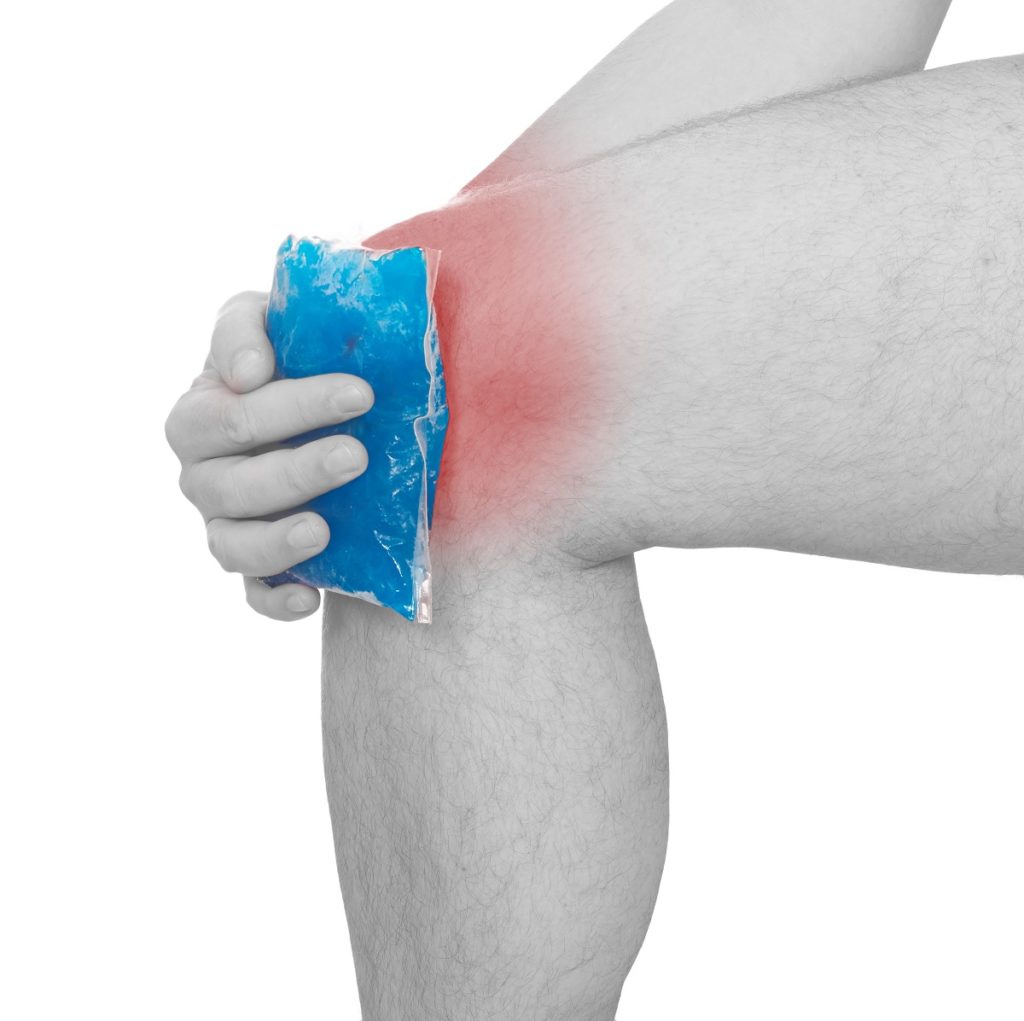Road trips are a fun and exciting way to rediscover yourself and be inspired by the different wonders of nature. These trips, though, might require driving at night, which can be extremely dangerous. If you plan to take a long drive, which can take you long hours on the road until the wee hours of the night, here are some safety tips that can help keep you safe throughout your travel.
Have Your Car Checked Before the Trip
Just about anything can happen while on the road. When going on a long trip, it would help to have an automobile expert check the car’s overall condition. Is your gas tank full? Are tires properly inflated? Is your engine ready for a long drive? A thorough check-up by a mechanic can help foresee any problem that might occur while on the road. Mechanics can advise you on whether your car breaks are working fine or if the pads need replacement. They can also check if the car’s engine has leaks or if other issues need attention before you take the car for a long drive.
Prepare an Emergency Kit
Even new cars or those well-maintained vehicles can break down in the middle of the road. Flat tires, engine problems, and many other issues can come up while you are driving. Hence, it is important to keep a stock of emergency supplies that you will likely need. Some necessities that you can take with you when driving for long periods include a cellphone and a charger, tire gauge, first aid kit, jumper cables, maps, emergency blankets and coats or towels, medicines, water, non-perishable food, and tire changing equipment.
Water, flares and a white flag, working gloves, and portable outdoor uplights, lantern, or flashlights should also be taken along. These lights can prove indispensable when your car suddenly breaks down on a non-lighted road and if you have to stay the night unexpectedly in an area that has little to no lighting at all.

Plan Your Route
Map out your travel route and familiarize yourself with the different directions you have to take. A GPS can do wonders, but knowing which way to go and what awaits you on those roads are more than helpful for a safe and uneventful journey. Don’t rush. Take some time to acquaint yourself with the various turns of the road and probable areas where you can have some rest when you get too tired driving or when you need to take bathroom breaks. Likewise, check the traffic conditions, as well as the weather and road situations.
Leave Early
If you have eye problems or have difficulty driving at night, make sure to leave early in the morning and refrain from driving after dusk. Poor night vision can lead to accidents. In fact, the National Highway Traffic Safety Administration statistics show that fatal road accidents are more frequent during night trips. The human eyes can become less reliable at night, and even with fog lights or headlights on, it can still be hard to see the road clearly.
Refrain from Drinking Alcohol
Keep yourself sober on the days of your road trip. Do not take in any alcoholic beverages or any drinks that can make you drowsy. Likewise, refrain from taking medications that can induce sleep. It is important to stay active and alert during a long drive.
Plan Stops
Your body will need to take some rest during ultra-long drives. Driving non-stop can be exhausting. You would need to get out of your car from time to time and stretch your legs and muscles. Experts suggest making a stop every 2 hours or more. The stops can be taken during meal times or when you want to enjoy the sceneries as you drive in interesting places. You can also make stops to get some sleep or some needed naps.
Watch Your Driving Speed
Driving too fast is never recommended, whether during the day or the night. But you are not to drive too slow as well. When taking long drives, always follow the required speed limits and keep a proper distance from the vehicle in front of you.
Should any car trouble happen while on the road, immediately pull off the road and get your car to a safe place away from other moving automobiles. Otherwise, pull onto the shoulder, although it can still be risky. Use only the shoulder as the last resort.
We can never know what will happen while driving for long hours. But being prepared for long drives can make your trips a lot safer. So, prepare everything you need, including yourself, and enjoy that trip you have always wanted.




